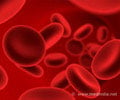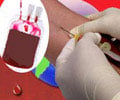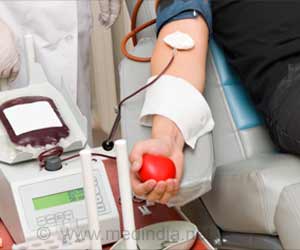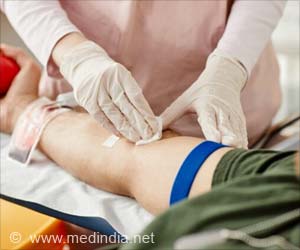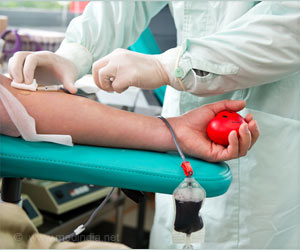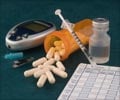Introduction to Blood Donation
Blood donation happens when a person voluntarily agrees for their blood to be extracted and donated to a person in need. It is a selfless gesture as the donated blood may be used for an emergency transfusion or can be separated into individual components to be used later (1✔ ✔Trusted Source
Blood Donation
Go to source).
Global statistics
- Annually around 118.5 million units of donated blood are collected (2✔ ✔Trusted Source
Blood safety and availability
Go to source). - In the United States, 6.8 million people donate blood annually.
- Every year, 14.6 million units of blood are required in India.
- According to the World Health Organization (WHO), India suffers from an annual deficit of 2 million blood units, as only 1% of the Indian population donates blood each year.
- In 2020, which was a COVID year, 12.7 million units of blood were donated.
- In India, someone needs blood every two seconds which means 38,000 units of blood are required every day (3✔ ✔Trusted Source
Prof S P Singh Baghel, MoS (HFW) inaugurates the âWorld Blood Donor Dayâ at RML Hospital, as part of the countrywide Raktdaan Amrit Mahotsav
Go to source). - According to the American Red Cross, 36,000 units of red blood cells, 7,000 units of platelets, and 10,000 units of plasma are required daily in the United States (6✔ ✔Trusted Source
Apheresis
Go to source). - A single unit of blood can save up to three lives.
Blood Groups
- The major human blood groups A, B, AB, and O were first identified and classified by Dr. Karl Landsteiner in 1901. They cannot be artificially manufactured but can be obtained from generous donors (4✔ ✔Trusted Source
A brief history of human blood groups
Go to source).
Blood Components
- Red cells, platelets, plasma and cryoprecipitate are the four types of transfusable products that can be derived from blood (5✔ ✔Trusted Source
Overview of blood components and their preparation
Go to source). - Separating the whole blood into its various components can allow a single unit of blood to benefit multiple patients, and this process of donating specific components is called Apheresis.
- Donated platelets must be used within five days and red blood cells must be used within 42 days from the date of collection (8✔ ✔Trusted Source
Blood component therapy: Which, when and how much
Go to source).
Universal Donor and Recipient
- AB+ is the universal acceptor of blood, which means AB+ persons can receive blood from any blood group. While O negative is the universal donor, which means O negative persons can donate blood to persons with any other blood group (7✔ ✔Trusted Source
Toward universal donor blood: Enzymatic conversion of A and B to O type
Go to source).
Blood Screening
- All donated blood products have to be screened for HIV, hepatitis B, hepatitis C and syphilis before transfusion (9✔ ✔Trusted Source
Blood Transfusion
Go to source). - Unnecessary transfusions can expose patients to HIV, hepatitis and adverse transfusion reactions (11✔ ✔Trusted Source
Towards 100% Voluntary Blood Donation: A Global Framework for Action
Go to source).
Benefits of Blood Transfusions
- Blood transfusions are often used for supportive care in various surgeries. They can also be used in the management of pregnancy-related complications, childhood malaria complicated by severe anemia and trauma-related injuries especially in low- and middle-income countries (10✔ ✔Trusted Source
About Blood Transfusion
Go to source). - Every year, approximately 300,000 infants are born with thalassemia and sickle-cell disease, and require regular blood transfusions (12✔ ✔Trusted Source
Blood Donor Selection: Guidelines on Assessing Donor Suitability for Blood Donation
Go to source).
Time Gap Between Blood Donations
- The minimum time between whole blood donations ranges from 56 days (8 weeks) to 16 weeks. Platelet donations can be made as frequently as every eight days.
Guinness World Record for Blood Donation
- Josephine Michaluk, an 80-year-old woman from Alberta, Canada, has donated 203 units of blood in her lifetime, breaking the global record for the most donations by a woman.
- About 13,300 blood centres in 169 countries report collecting a total of 106 million donations. There are 1,300 blood centre in the low-income countries, 4,400 in lower-middle-income countries and 9 300 in upper-middle-income countries and 25,700 in high-income countries (2✔ ✔Trusted Source
Blood safety and availability
Go to source).



